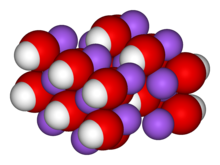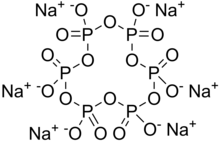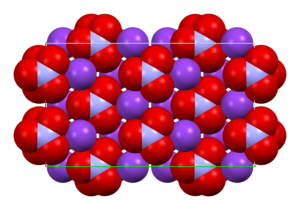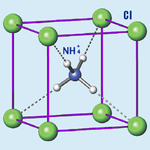
Caustic Soda Flakes ( Lye)

Sodium hydroxide, also known as lye and caustic soda, is an inorganic compound with the formula NaOH. It is a white solid ionic compound consisting of sodium cations Na+ and hydroxide anions OH−.
Sodium hydroxide is a highly corrosive base and alkali that decomposes lipids and proteins at ambient temperatures and may cause severe chemical burns. It is highly soluble in water, and readily absorbs moisture and carbon dioxide from the air. It forms a series of hydrates NaOH·nH2O. The monohydrate NaOH·H2O crystallizes from water solutions between 12.3 and 61.8 °C. The commercially available “sodium hydroxide” is often this monohydrate, and published data may refer to it instead of the anhydrous compound.
As one of the simplest hydroxides, sodium hydroxide is frequently used alongside neutral water and acidic hydrochloric acid to demonstrate the pH scale to chemistry students.
Application
Applications include cleaning, detergent production, water treatment, oil drilling, fuel processing, pulp & paper manufacturing, biodiesel production, food preparation.
| Chemical formula | NaOH |
|---|---|
| Molar mass | 39.9971 g/mol |
| Appearance | White, hard (when pure), opaque crystals |
| Odor | odorless |
| Density | 2.13 g/cm3 |
| Melting point | 323 °C (613 °F; 596 K) |
| Boiling point | 1,388 °C (2,530 °F; 1,661 K) |
| Solubility in water | 418 g/L (0 °C) |
| Solubility | soluble in glycerol, negligible in ammonia, insoluble in ether, slowly soluble in propylene glycol |
| Solubility in methanol | 238 g/L |
| Solubility in ethanol | <<139 g/L |
| Vapor pressure | <2.4 kPa (20 °C) |
| Acidity (pKa) | 15.7 |
| Magnetic susceptibility (χ) | −15.8·10−6 cm3/mol (aq.)[ |
| Refractive index (nD) | 1.3576 |





Reviews
There are no reviews yet.